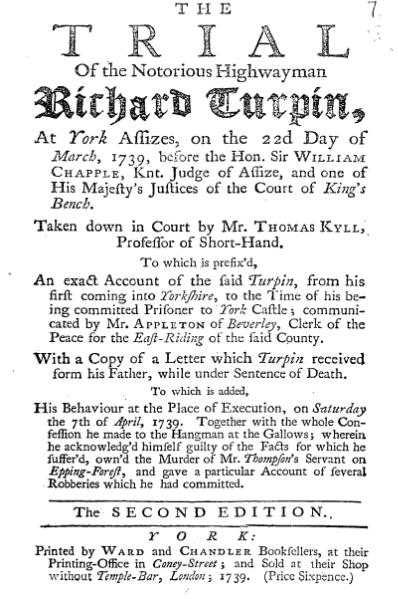In a show of community spirit that would have probably sent Dick Turpin turning in his York grave, the cemetery where he is laid to rest at St George’s Church, George Street, has been spruced up by a group of volunteers from local organisations and businesses.
 Monday 21 September will be 310 years since England’s most notorious highwayman – also known as John Palmer – was baptised in Hempstead, Essex. Over the past 18 months the graveyard where he now lies has been improved for both visitors and residents alike. The transformation is thanks to a collaboration between the Navigation and Walmgate Community Association, York Cares volunteers, Crombie Wilkinson Solicitors, tourist attraction York Dungeon and City of York Council.
Monday 21 September will be 310 years since England’s most notorious highwayman – also known as John Palmer – was baptised in Hempstead, Essex. Over the past 18 months the graveyard where he now lies has been improved for both visitors and residents alike. The transformation is thanks to a collaboration between the Navigation and Walmgate Community Association, York Cares volunteers, Crombie Wilkinson Solicitors, tourist attraction York Dungeon and City of York Council.
The cemetery – now a closed graveyard – is welcoming visitors with a new information board about the life of the butcher turned deer thief, poacher, burglar, horse thief, murderer and highwayman. A new gate and railings have been installed and volunteers have removed an untidy hedge to open up the view to the Turpin’s headstone and laid a new footpath to make a much more inviting and pleasant site. The improved view of the area is also helping community police keep a watchful eye on the area.
Cllr Andrew Waller, Executive Member for the Environment said: “Dick Turpin was a notorious national figure and I am not sure that he would have joined in a voluntary community project like this. However, this graveyard, a gem of historical interest, is now looking much improved. I’d like to thank everyone involved for their support and hope that this will encourage people to visit, and consider volunteering in their own area.”
Dick Turpin was hanged at the Knavesmire on 7 April, 1739 for horse theft following a colourful life of crime. He was often romanticised as a dashing, daring and dauntless character and was immortalised in a fictional novel called Rookwood written in 1834 which has him riding from London to York on a horse called Black Bess. His character has appeared in numerous plays and films and in 1846 Madame Tussaud’s added a wax sculpture of him to their collection.
